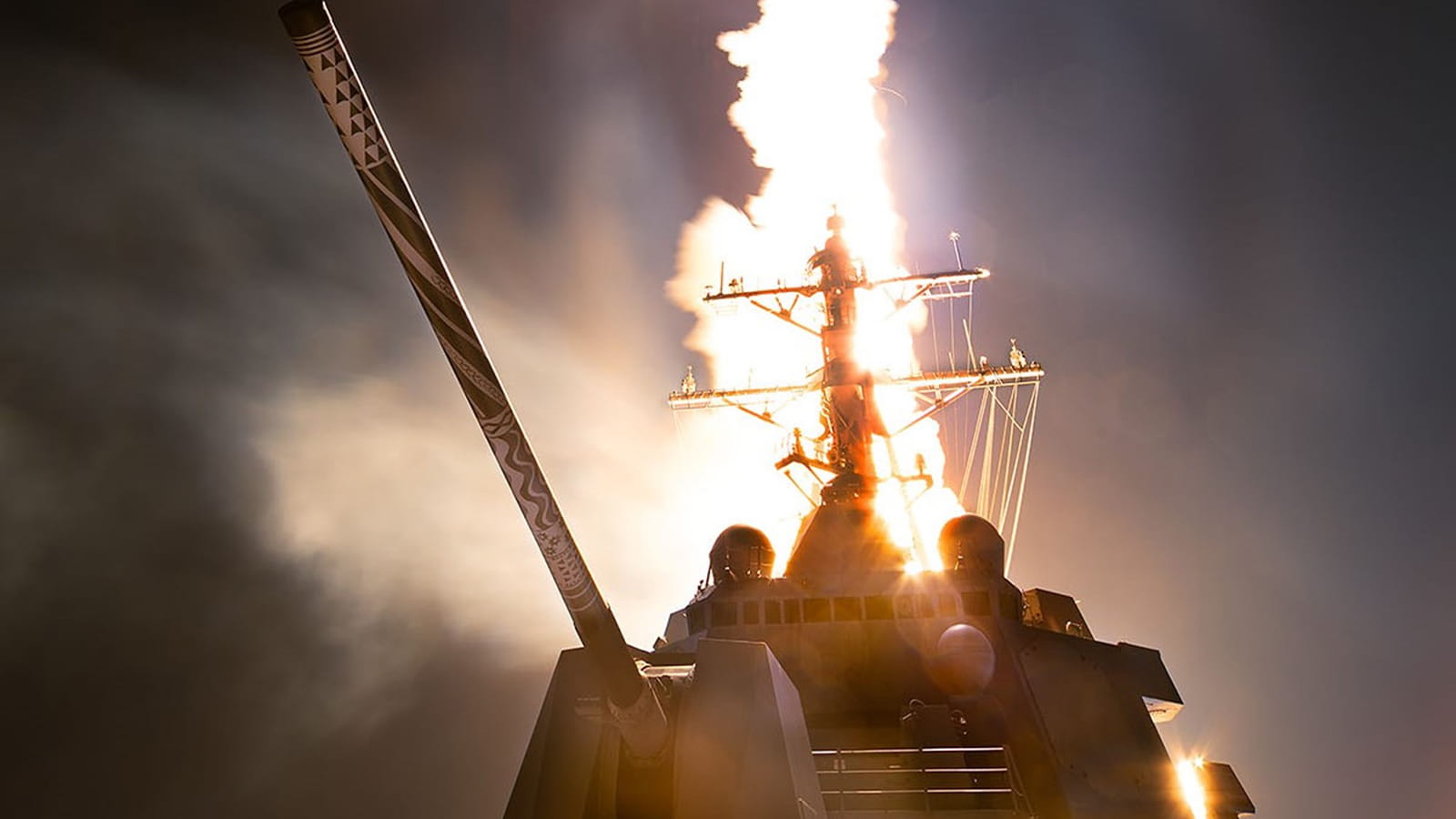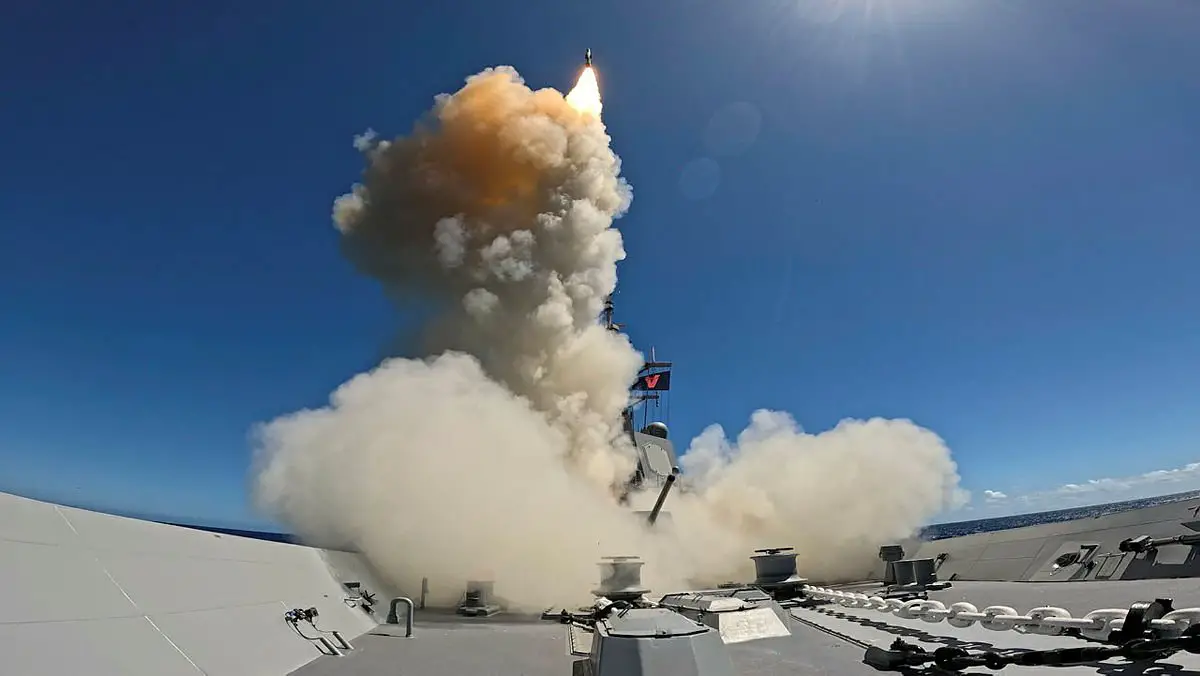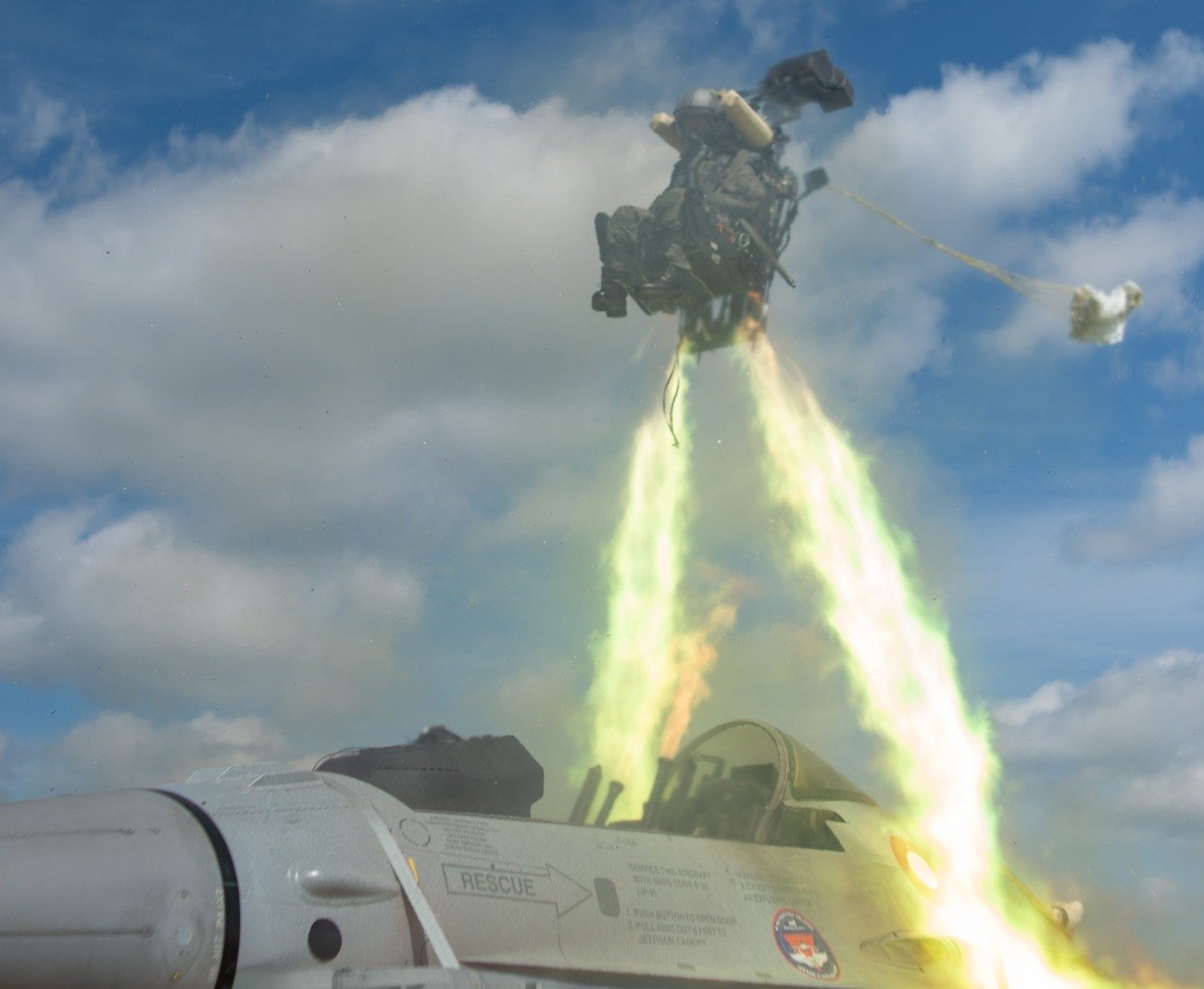The Australian government announced on August 10 that it successfully test-fired a Raytheon (RTX.N) SM-6 missile — a crucial weapon that has recently been a source of contention with China.
Australia’s defense department stated that the HMAS Sydney carried out the test close to the US state of Hawaii as part of the ‘Pacific Dragon 2024’ military exercise. It was dubbed a “significant milestone” in an agreement that was first made in 2021 and is believed to be a momentous step toward the acquisition and integration of the weapon in the country’s arsenal.
A video of the test was subsequently published by the Royal Australian Navy (RAN), showcasing the missile being fired from the Hobart-class vessel. Pat Conroy, Australia’s minister for defense industry and capability delivery, said in a statement, “This is another example of the acceleration in acquisitions of critical capabilities for the Navy.”
“The ability to deter an adversary from extended ranges and to deter attempts to project power against Australia is a core part of the National Defense Strategy,” he added without naming an adversary.
The test comes as Australia has been striving to enhance its military prowess amid tensions with China. Enhancing its capability at sea is a key component of that strategy—as explained by its AUKUS partnership (a landmark defense and security partnership between Australia, the UK, and the US) that has paved the way for the purchase and development of nuclear submarines. However, Canberra has been equally invested in bolstering the firepower of its surface fleet, as demonstrated by the latest test.
HMAS Sydney has conducted a successful firing of Standard Missile-6, only weeks after the successful firing of Naval Strike Missile.
This is another key milestone in enhancing the lethality capabilities of our Surface Fleet. pic.twitter.com/nehuFQlGX1
— Royal Australian Navy (@Australian_Navy) August 10, 2024
For instance, the service successfully tested its new Naval Strike Missile (NSM) in July at the Rim of the Pacific (RIMPAC) exercise hosted by the US. Similar to the SM-6, the NSM was launched from HMS Sydney and was envisioned as a significant improvement in the RAN’s combat effectiveness.
The SM-6 would essentially widen the area that a ship would defend, allowing the RAN to keep the adversary at a great distance while accruing the capability to penetrate deeper into disputed waters in the event of a conflict.
The multi-mission Standard Missile-6 (SM-6) is designed to perform anti-aircraft warfare, anti-ship strikes, and terminal ballistic missile defense missions. The weapon reportedly engages these threats in the endo-atmosphere by using a blast-fragmentation warhead.
In 2021, the United States approved the possible foreign military sale (FMS) of Defense Services Related to Future SM-6 and SM-2 production and related equipment. The government has not disclosed the number of SM-6 missiles that Australia intends to purchase from the US. However, the total estimated cost of SM-6 and the SM-2 (already in use by Australia) was previously pegged at $350 million.
The Australian announcement stated that the SM-6 would be installed on Australia’s three Hobart-class destroyers; however, it did not specify when the system would be operational. They may each hold 48 missiles for air defense.

Besides testing its first SM-6, Australia has also assisted the US with SM-6 testing. For instance, the US Missile Defense Agency (MDA) and the US Navy conducted an intercept of an advanced medium-range ballistic Missile (MRBM) test target using the Standard Missile-6 (SM-6) Dual II with Software Upgrade (SWUP) in March 2024. Australia provided data gathering, communications, and tracking support for the test.
Australia’s test and future acquisition of the SM-6 missile come at a time when the rift with China is widening in the Indo-Pacific region. While the two sides have taken steps to reduce tensions, friction persists.
Matters came to a head in May when Australia accused a Chinese fighter jet of endangering its SeaHawk helicopters during an “unsafe” confrontation over the Yellow Sea—not an uncommon incident between the two militaries.
U.S. Plans 1000 6th-Gen “Robo Warplanes” To Fight Chinese PLAAF; Decoding USAF’s ‘Master Plan’
Australian Defense Minister Richard Marles alleged at the time that Chinese Air Force J-10 aircraft threw flares over and a few hundred meters ahead of an Australian MH60R Seahawk helicopter during a regular flight as part of enforcing sanctions against North Korea. There have been multiple such incidents over the last few years, forcing Canberra to upgrade its military. This also involves expanding the US’s influence to deter China and building alliances with nations such as Canada.
The choice of the SM-6 missile, however, is particularly significant as it has become an irritant for China in recent times.
China Fears/Hates The SM-6 Missile
The SM-6 missile was created for extended-range anti-air warfare (ER-AAW), which includes protection against unmanned aerial vehicles, fixed and rotary-wing aircraft, anti-ship cruise missiles in conflict over land and sea, and terminal ballistic missile defense. It is also a high-velocity anti-ship missile.
The missile is based on the earlier SM-2ER Block IV (RIM-156A) missile airframe, with the AIM-120C AMRAAM’s (Advanced Medium-Range Air-to-Air Missile) active radar homing seeker added instead of the former design’s semi-active seeker.
Raytheon describes the SM-6 missile as “three missiles in one”. It’s the only weapon that can perform anti-air warfare, anti-surface warfare, and ballistic missile defense or sea-based terminal missions.” Analysts reckon the SM-6 missile has developed into a multi-role powerhouse. It is also a perfect example of how adding new technology to outdated weapons can produce amazing outcomes.

China has been wary of the missile due to the threat of a potential conflict with the US in the region. To add to its woes, US allies in the region, including Japan, Australia, and South Korea, have decided to buy the missile.
Earlier this year, China expressed opposition to the deployment of a missile system in the Philippines, of which SM-6 is a part. The US Army Pacific announced in mid-April that for the first time, the US has stationed the Mid-Range Capability (MRC) missile system, or the Typhon, in the northern Philippines. The system is unique and lethal as it is capable of firing both Tomahawk and Standard Missile 6 (SM-6).
However, Chinese Defense Ministry Spokesperson Wu Qian warned at a press briefing on April 25 that the US deployment of an intermediate missile system in the Asia-Pacific could prompt China to respond with decisive measures.
Without mincing words, Wu warned, “We resolutely oppose the US move to deploy intermediate-range ballistic missiles in the Asia-Pacific. Our position has been clear and consistent. US steps are posing a major threat to the security and stability of regional players and will inevitably prompt a decisive response from China.”

The SM-6 installed on Typhon is designed mainly as a short-range ballistic missile against land and sea targets. The army has described it as a “strategic” weapon system that would be used against more important targets such as air defense facilities and command and control centers—an important weapon given the prevailing tensions in the region. Nonetheless, the US was reported last month to be withdrawing the system.
The US has now also developed an air-launched variant of the SM-6, known as the AIM-174B affixed to a US Navy Super Hornet which broke cover during RIMPAC. The integration of these missiles, which can be fired quickly and from a high altitude to destroy ships and even incoming ballistic missiles at a distance equivalent to that of enemy aircraft hundreds of miles away, would strengthen the US Navy’s combat capability when combined with its workhorse, the Super Hornet.
This is regarded as a potentially valuable asset in a conflict with China or other adversaries.





